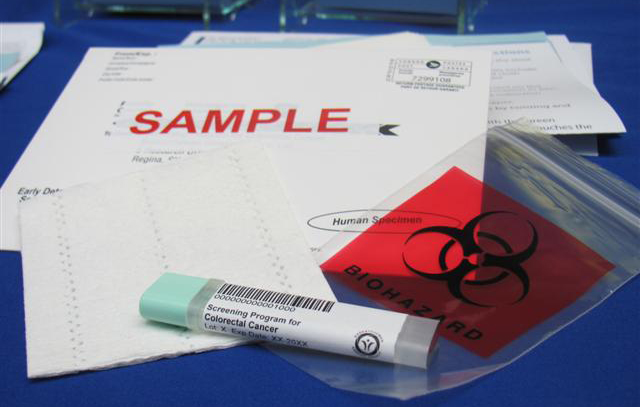
That’s the first thing most people think when we discuss Colorectal Cancer screening (CRC). Most people don’t realize that there are multiple approved options for CRC screening. Let’s discuss.
Colonoscopy
This is the most infamous modality for CRC screening. A colonoscopy is a simple outpatient procedure in which a specialist uses a small scope inserted in the rectum to look at the entire rectum and large intestine. The patient is given a “light” sedative, enough so they are breathing on their own but not in any type of pain or discomfort. A colonoscopy needs to be repeated based on the clinical and laboratory findings. Typically, there is a 5-10 year follow up.
The good: This is the most comprehensive approach. During the procedure, small cysts or lesions aka: “polyps” can be removed and biopsied. If the biopsy is found to be positive, then colon cancer has been prevented or removed.
The bad: The dreaded “night before”. The night before the colonoscopy, the patient has to take certain medications to help clean out their intestines and bowels. This essentially induces diarrhea, so don’t plan on wandering too far from the bathroom for the evening. Most people feel this is the worst part of the entire test.
FIT Test
The newest form of CRC screening is referred to as the FIT test, short for Immunochemical Fecal Occult Blood Test or iFOBT. The FIT test requires the patient to bring home a collection kit and obtain 1 stool sample. The test is sent to the laboratory and checked for blood that would not be visible to the human eye. In the event the FIT test was found to be positive, the patient would then be referred for a colonoscopy. This test needs to be completed annually.
The good: The FIT test is not invasive and does not require any preparation.
The bad: It does not detect cancers as early as the colonoscopy.
FOBT
The oldest form of CRC screening which is slowly being replaced by iFOBT is the traditional FOBT (Fecal Occult Blood Test). This test is performed by the patient collecting 3 different stool samples, using a home stool collection kit that will be tested. This test should be repeated every 2 years.
The good: This test is cheap and accessible in most facilities.
The bad: The patient needs to abstain from eating red meat for 3 days prior to completing the test. This test is not as accurate as the iFOBT and can have some discrepancy based on who is reading the test.
Now that you understand the different types of CRC screening, don’t you want to know why you need it?
“There is no history in my family and I feel fine…” is what most patients say. Everyone is at risk for CRC. Overall lifetime risk for developing CRC is 1 in 20. Increased risk factors for CRC include family history, eating a diet high in red meats or processed foods, obesity, smoking, and low physical activity. Another risk factor is ethnicity- African American descent places you at the highest risk for CRC.
Almost all CRC is asymptomatic (no symptoms) until the disease has either spread to another organ or has advanced to a stage III or IV; at this time, cure and treatment are more complicated and less likely to be effective.
All persons 50 years and older are recommended to begin getting screened for CRC. If you have a family history of someone with early onset disease (prior to age 50), you will need to begin CRC screening 10 years prior to the age at onset of disease in the family member.
The Bottom Line
Who needs to get screened? Everyone over age 50.
What is the best type of CRC screening for you? The one you are willing to complete. Get your butt checked!
